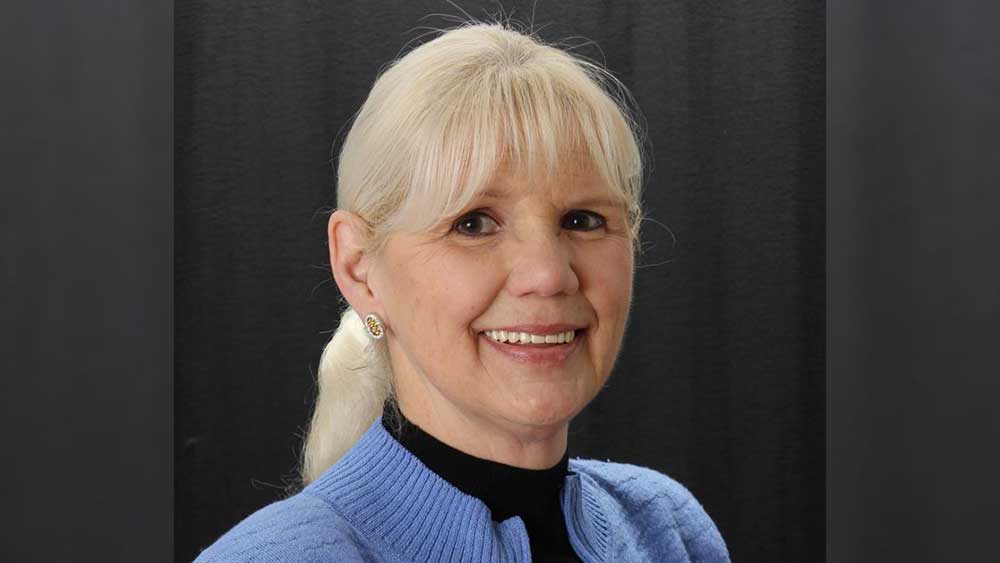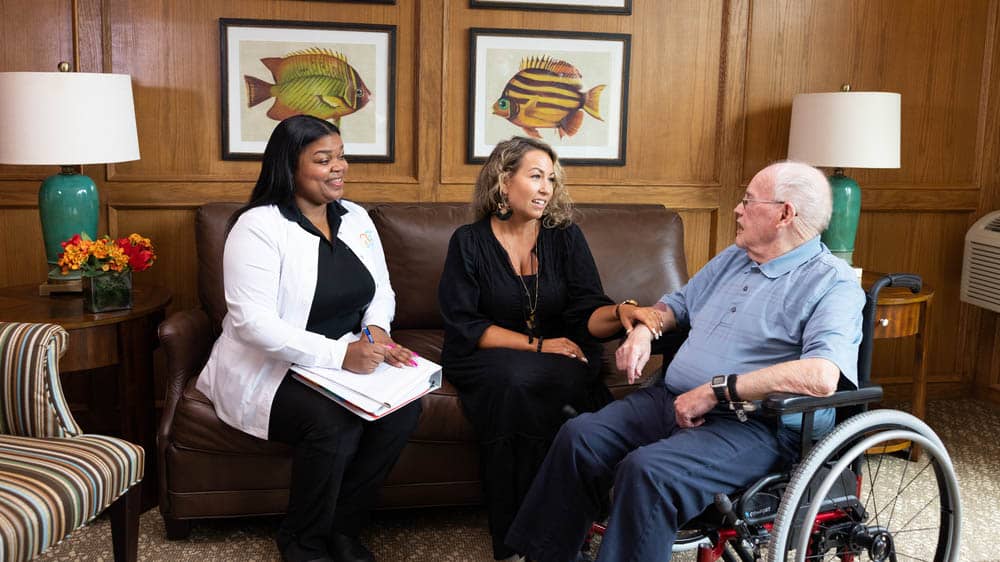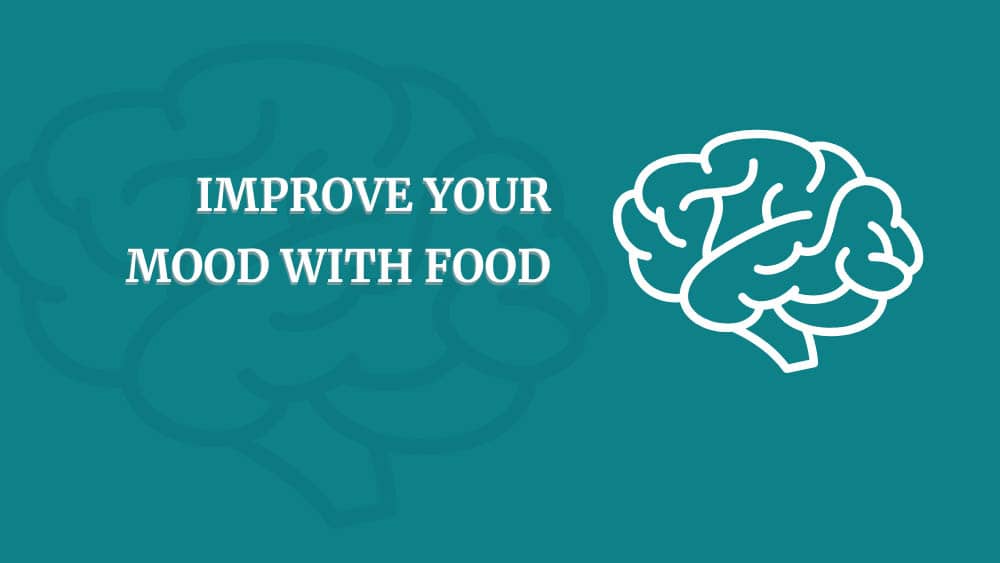

Helping Senior Loved Ones With Chronic Pain
The most recent research available from the Centers for Disease Control and Prevention estimates that there are approximately 50 million adults living with chronic pain, and another nearly 20 million living with high-impact chronic pain in the United States. According to the National Institutes of Health, a projected 65% of adults over age 65 are suffering from chronic pain. Many adults in long-term care facilities (55%) report that chronic pain impacts their ability to function on a daily basis.
All is not lost, however, when living with chronic pain. Penney Cowan, who suffers from chronic pain herself, founded the American Chronic Pain Association (ACPA) in 1980 as a way to connect with, educate and empower others who were also living with chronic pain.
Improving Quality of Life for Chronic Pain Patients
“I was living with chronic pain and everyone told me to just deal with it,” recalls Cowan. “But then I took a pain workshop at the Cleveland Clinic and it changed my whole outlook on pain — the workshop was empowering. I didn’t want to return to being a patient after that. I wanted to live a full, active life, and show others that they can, too.”
Through the ACPA, Cowan and her team help provide support to those living with pain by encouraging them to shift from being a passive patient to an active participant in their own care, and by bridging the gap between patients and providers.
What Is Chronic Pain? Is Pain a Normal Part of Aging?
Although it is not uncommon for older adults to feel aches and pains with age, when the pain exists consistently (although not necessarily daily) for at least three months, it becomes chronic. And when pain is experienced at least four days per week for three months, it is considered to be high-impact chronic pain.
There are a variety of causes that can be attributed to chronic pain in older adults, including arthritis, shingles or postherapeutic neuralgia, migraines, diabetic neuropathy, and even back or muscle pain. Cowan says that chronic pain can interfere with your mood, social life, sleep patterns, and general quality of life.
How to Help a Senior Loved One With Chronic Pain
“Family should definitely have access to the information that providers are giving to their loved ones so they can be more involved in all aspects of the care and treatment process,” says Cowan. “Older adults especially need strong advocates. Some physicians might not fully understand their chronic pain.”
Part of the struggle can be in how the level of pain felt is determined, since it can be a subjective experience. To combat this and create a more universal method of understanding chronic pain, the ACPA developed the Quality of Life Scale which measures the degree to which pain is disrupting daily life functions.
The scale goes from 0 (nonfunctioning) to 10 (normal quality of life). Each pain level comes with a description that details the level of activities the person is able to perform independently. Until a proper level of pain is determined, a successful treatment plan cannot be put in place.
3 Steps to Treat Chronic Pain
Cowan says that the first step in treating chronic pain should always be a visit to a physician.
“Self-medication is never a good solution, even if it’s just with over-the-counter medications,” says Cowan. “OTCs can still be dangerous — acetaminophen can have a negative impact on liver function and NSAIDs can damage the stomach and heart. There’s also no telling how these OTC drugs will interact with existing prescription medications being taken. And alcohol is also unfortunately abused when people are dealing with chronic pain. A physician can really help steer you in a better, safer direction about how to treat the pain so you can enjoy quality of life.”
The second step in treating chronic pain, according to Cowan, is overcoming the fear of letting the pain control your life. “Joining a support group is a wonderful way to interact with other people and feel validated in how you are feeling every day,” says Cowan. “And that is so important. Otherwise, loneliness and isolation become part of the equation, too.”
Cowan says that the third step is rediscovering life despite your pain. “You may not be able to go back to doing all of the things that you used to do before the pain set in,” Cowan says. “But you can find new abilities, pace yourself, listen to your body, and stay active in a whole new way.”
Activities such as yoga, meditation and Pilates can all help in managing chronic pain. Additionally, there are alternatives to medicine when it comes to treating chronic pain. Cowan recommends considering acupuncture, biofeedback and nutrition counseling, which can all have a positive impact on pain.
Tips for Caregivers of Seniors
Caring for people with chronic pain can be challenging at times, as you never know if it will be a good day or a bad day. Caregivers must be patient, as the one experiencing the pain is also likely frustrated and angry about their situation.
“Validating a person feeling pain is of utmost importance,” says Cowan. “Help redirect their thoughts off of their pain and on to something else. We encourage using art as a tool — from coloring books, to Play-Doh, to music, all of it can have a positive impact on the situation.”
In fact, the ACPA has created a variety of tools to help caregivers and those living with chronic pain better navigate their world. The Art of Pain Management includes different ways to incorporate art into a regular routine, and communication tools aims to help both patients and care providers better understand each other’s needs.
“The biggest thing I want people to know is that you don’t have to accept pain as normal,” says Cowan. “Many older adults feel like they shouldn’t complain because pain is simply expected with age, and that expectation needs to be changed. Older adults need to realize that they can live a more active life in spite of the pain.
“You have to recondition yourself to live with chronic pain and take control of your life,” Cowan advises. “It might be challenging, but it’s not impossible. I’m living proof.”







